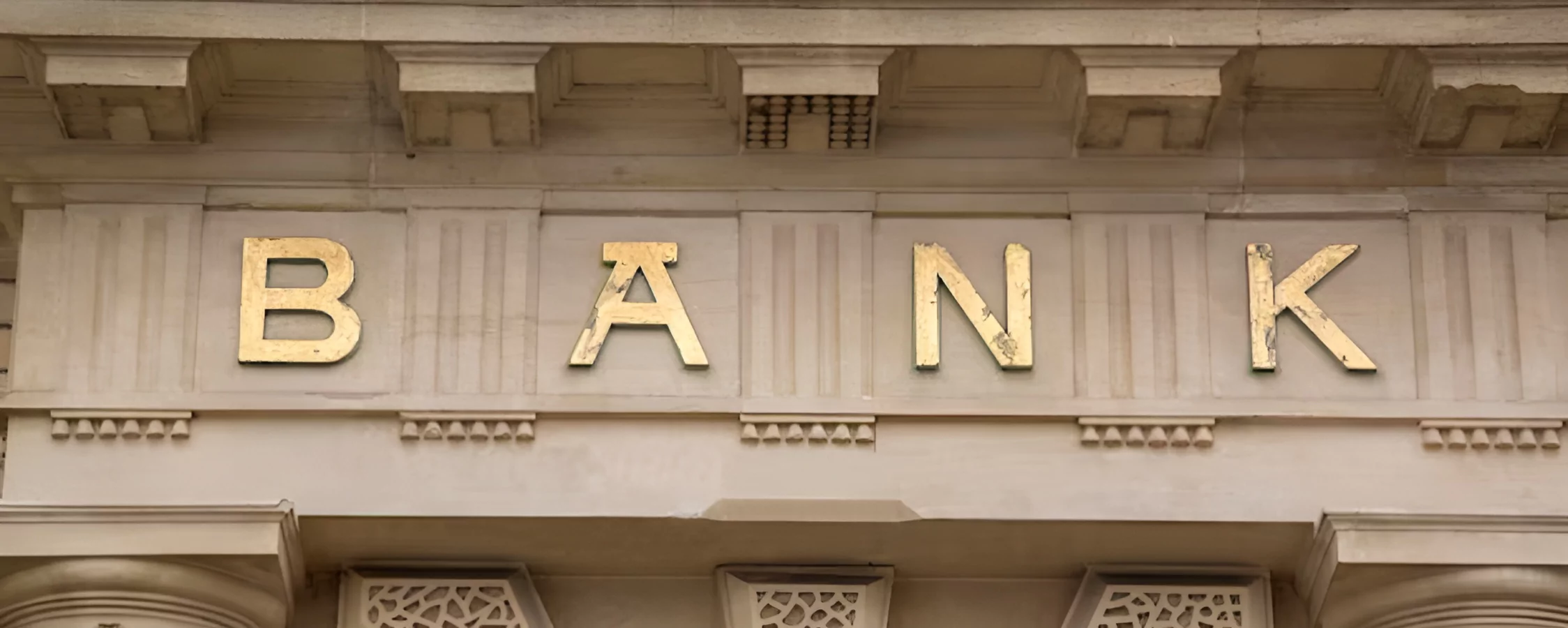Choosing a forex strategy can be difficult for traders who are just starting. There are many different strategies you sometimes can get lost. Luckily there are ways you can pick the right strategy for you. This article will go over the different forex strategies and help you choose a strategy that suits your preference and trading style.
Why a forex strategy is very important?
Success in the financial market depends on having a sound strategy. A trading strategy is a collection of principles and instructions that a trader adheres to make effective trading choices. Reducing biases and emotions enables traders to approach the market with clarity and objectivity.
An overall framework for trading decisions, including entry and exit points, risk management, and position sizing, is provided by a trading strategy. Trading decisions are more likely to be impulsive and emotional without a trading strategy. Which can result in losses and wasted opportunities. A clearly defined trading strategy can assist traders in achieving their trading objectives. Whether they are to generate consistent returns or properly manage risk.
Additionally, it gives traders a method for evaluating their performance. Traders can find areas for improvement and make the required changes to their strategy by comparing the results of their trades to their trading plan. Additionally, it aids traders in staying on course and avoiding overtrading, both of which are essential for long-term success.
Types of Forex Strategies
The greatest financial market in the world, forex (foreign exchange), transacts trillions of dollars daily. You need a strong trading strategy to be successful in forex trading. Here are a few of the most widely used Forex trading tactics.
Technical analysis
Market analysis with charts and statistical indicators is known as technical analysis. Here are some techniques forex traders utilize for performing technical analysis:
- Moving Average Crossover: As part of this technique, two moving averages—one fast and one slow—are used to look for trading opportunities. When the fast-moving average crosses above or below the slower-moving average.
- Support and Resistance: This trading method involves spotting important levels of support and resistance on a chart and using them as a guide to determine where to place trades.
- Fibonacci Retracement: This method uses Fibonacci numbers to pinpoint possible market support and resistance levels.
Fundamental Analysis Strategies
To make trading judgments, the fundamental analysis examines economic and political news events. Here are a few fundamental analysis tactics used by forex traders:
- Interest Rate Differentials: In this tactic, currencies with higher interest rates are purchased, while those with lower interest rates are sold.
- Economic Calendar Trading: Trading utilizes an economic calendar to detect upcoming news events. That can affect the market and base trading decisions on the anticipated results of such events.
- Carry trade: To take advantage of the interest rate difference, one borrows funds at a low interest rate and invests it in a currency with a higher interest rate.
Strategies that follow trends
Trading in the direction of the market trend is a key component of trend-following methods. Here are some examples of trend-following techniques used by forex traders:
- Using the Moving Average Trend In this approach, the trend direction is determined by moving averages, and trading decisions are based on the price position of the moving averages.
- Trendline Breakout: In this strategy, trendlines are used to determine the trend’s direction. Trading decisions are based on the trendlines’ breakouts.
- Parabolic SAR approach: Using the Parabolic SAR indicator to determine trend direction and base decisions on the price’s position.
Swing trading strategies
Swing trading is the practice of maintaining positions for a few days to a few weeks while earning from price fluctuations within an established trend. The following are some swing trading tactics used by forex traders:
- Moving Average Crossover: In this method, the trend is determined by two moving averages. Trades are entered based on whether the price has crossed above or below the moving averages.
- Fibonacci Retracement: With this technique, prospective levels of support and resistance in the market are identified using Fibonacci levels, and trades are entered when the price bounces off these levels.
- Trendline trading method: Consists of Drawing trendlines on the chart and entering trades based on the price’s bounce off or break through the trendline.
Position trading strategies
Position trading is the practice of keeping positions open for several weeks to months to gain returns from long-term trends. The following are some position trading tactics used by forex traders:
- Carry trade: To take advantage of the interest rate difference, this technique entails purchasing a currency with a high-interest rate and selling one with a low interest rate.
- Breakout Trading: With this method, trades are entered based on price breaking through significant levels of support or resistance.
- Moving Average Trading: In this approach, the long-term trend is found by using numerous moving averages, and trades are entered depending on the price crossing above or below the moving averages.
For long-term success in Forex trading, traders must control their risk and stick to a trading plan, regardless of the technique they select.
Which Forex Strategy is Best For You

An organized approach and a well-thought-out strategy are essential for successful forex trading. You can become a successful Forex trader by determining many factors. Some are risk tolerance, learning about various trading strategies, matching your trading style to your strategy, creating a trading plan, and optimizing your strategy. Choosing a forex strategy can be determined by the following:
Evaluating your goals for investing and risk tolerance
It’s critical to evaluate your risk tolerance and investment objectives before starting any Forex trading. Your investment goals will define the amount of capital you are willing to risk. Your risk tolerance will help you decide how much danger you are willing to accept on each trade. Online tests for risk tolerance and investment objectives might help you decide whether you’re a good candidate for forex trading.
Knowing the different forex trading methods available
Since the forex market is one of the most active and volatile in the world. Numerous trading strategies have been developed. Technical analysis, fundamental analysis, price action, trend following, scalping, day trading, swing trading, and position trading are some of the popular Forex trading techniques. It will be easier for you to select the strategy that best suits your trading style and personality if you are aware of the advantages and disadvantages of each one.
Choosing a Forex strategy that fits your personality and trading style
Each trader has their own personality and trading style, which might influence the type of Forex trading strategy they apply. For instance, scalping and day trading tactics may be more suited for traders who enjoy a fast-paced and highly active trading environment. Swing trading or position trading methods, on the other hand, may be more suited to traders who prefer a more laid-back trading style and have more time to study the markets. To win in Forex trading, you must select a strategy that fits your personality and trading preferences.
Creating a Forex Trading Strategy | Summary
The key to effective trading in the forex market is to have a trading plan. When choosing a forex strategy, risk management, and entry and exit points should all be described in your trading plan. Along with your trading objectives, timescale, and maximum risk tolerance for each transaction. A well-constructed trading strategy can assist you in maintaining discipline, avoiding irrational trading decisions, and reducing losses.












